by Kate | Jun 22, 2015
What a crazy couple of months!
After finishing Step 1 of the Boards in early May, I started research with a group in the biostatistics department at the School of Public Health, beginning the transition to the graduate school phase of the MSTP (MD/PhD) program. Now, I’ll essentially be at SPH until completing my PhD in biostats, hopefully in about 4 years. I’ve already started to get excited about the courses I’ll take this fall and about meeting public health classmates! Yet, it still feels a bit strange to “set med school aside” for a while; fortunately there are ample opportunities for staying connected, both with the hospital and with the student organizations. I’m already in touch with a couple wonderful faculty members about the possibility of semi-regular shadowing/assisting in clinic, and I also already have plans to choreograph with two friends for this fall’s med school Biorhythms dance show!
Meanwhile, I just took a week-long trip to Switzerland and it was absolutely spectacular. It was the first time I’d been back since living there the year before med school (when I did research at the University of Geneva), but it felt like I’d only just left. It’s a country that will simply always have such a special place in my heart, and it was so wonderful to reconnect with friends from my time there. To make it even better, I was traveling with two friends from Michigan! It’s always such a rare and wonderful thing when important people from different phases of life are able to meet each other.
I will write more about the statistical genetic research soon, but for now I will leave you with a couple pictures from a hike in Switzerland.
Until next time!
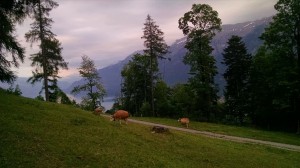
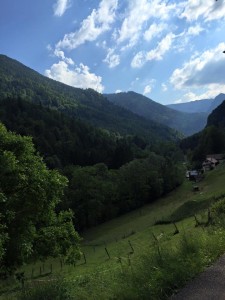
by Kate | Apr 2, 2015
…it just gets so much more messy before it gets clean!
The first week of study period for Step 1 of the board exams really reminds me of when you decide to give your room the cleaning it has always deserved. Including the back of the closet. AND under the bed. You go through so much so quickly and you make some exciting discoveries!
“Oh I’d forgotten about this sweater! I should wear it tomorrow!” (I used to love this pneumonic! How clever! Why haven’t I been using it more?)
“I swear I never bought a blue rubber bouncy ball. How is it possible that there is this thing will a price tag still on it?” (No one has ever taught me about this before. I’m 99% sure that First Aid is just making up words.)
“This is impossible! None of this will EVER fit in the closet! Even if I organize it!” (Oh dear. This is a terrifying amount of information.)
“How do other people organize their closets? Do I need new drawers and dividers? And hanging shoe bags?” (What should I use? Other books? Flashcards? Just get rid of all the old notes?)
There are a lot of great things about study period, though, despite the intensity and brief moments of panic. I like being on a schedule, waking up at the same time every day, doing this kind of studying in the morning and that kind of review in the afternoon. You fall into a routine and it starts to feel okay. You just get as much done as you can each day, and that’s that.
Blogging isn’t technically part of the schedule I wrote for myself, so if you don’t hear from me for a month or so, I’ll be cleaning my closet! Happy April, everyone!
by Kate | Feb 14, 2015
When I was home for the holidays, I learned that my dad had packed away a box of photos years ago — mostly from my sister’s childhood, with a few of my brother and me as well — and labeled it with bold, black sharpie “Not Album Worthy.” Flattering, to say the least.
It got me thinking, though, about finding the joy in the small things in life and all the less-than-perfect moments. It’s easy to feel that there isn’t something particular to photograph or talk about or write about, especially during the colder, more academically intense months of school, but that’s never really true. I actually sometimes find that it’s when we’re the *most* sleep-deprived or worried that the little moments of joy touch us most deeply. Perhaps it’s that we let our guard down, and are simply willing to laugh out loud (even when home alone…) at some absurdity or another. Perhaps it’s that we need contrast in life to figure out what really makes us happiest. Perhaps it’s something else. Regardless, I’ve been making an effort to appreciate more of those snapshots that don’t “make it into the album.”
Attending to the details and — perhaps just as importantly — appreciating the details can take you a long way in caring for your patients and caring for yourself. Of course we shouldn’t lose sight of the big picture, either, but I think it’s essential to create the time and space to remind ourselves of all the beauty between the lines. At the end of the day, patients and doctors are all simply people, and everyone appreciates when you notice what’s important to them.
Having completed the Comprehensive Clinical Assessment at the beginning of the month, our class is now heading toward “let’s-survive-through-Step-1-board-exams” mode, but hopefully we’ll still enjoy the next few course sequences leading into our study period. We’re currently in Gastrointestinal, and then we do Reproduction followed by Endocrine. With each course being only two weeks, it feels like the pace is picking up and the end is in sight!
In other recent news, I was in the fourth biorhythms show of my life (this time in a Tahitian dance piece that was SO much fun!), I finally got a Labrador puppy, and I helped to publish the sixth issue of The Hippo, the med student literary and visual arts magazine (available at http://www.the-hippo.com).
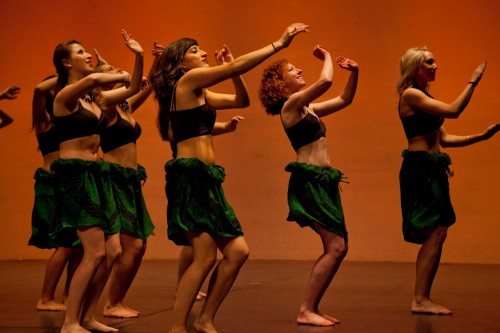
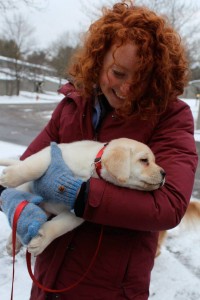
by Kate | Nov 11, 2014
There are always a million and one things to learn, but somehow we still manage to be involved in a million and one things outside of school. This fall I’ve felt particularly fortunate, in that many academic aspects of life have overlapped so seamlessly with my extracurricular interests. During the Clinical Foundations of Medicine course, for instance, I took two electives entitled “Narrative Medicine” and “Medical Humanities and Biblical Literature.” The narrative course reminded me just how powerful writing can be as a reflective tool; I’d almost forgotten how deeply wonderful it is to take the time to process, introspect, and write. I’m fairly certain I wrote about parts of life and school that I didn’t even realize I felt so passionately about until I paused. Reflecting is funny like that. The best part of that class, though, was interviewing early-onset Alzheimer’s patients and creating a piece of writing based on the conversation. The more I learn and grow, the more I realize that my greatest fear may be losing my memory, so it was a surprisingly emotional experience. (The thought of not being able to read myself a bedtime story — let alone academic materials — is much more terrifying that any physical disability that comes to mind.) I also simply enjoyed the interaction, though, and I am actually returning to the Turner Center this afternoon to help geriatric patients set up access to their online patient portal.
The “Medical Humanities” class was equally wonderful and quite unlike anything else I’ve done in med school. We read from the Old Testament, we talked about physician burnout, we became acquainted with mindfulness, and we visited botanical gardens. It’d be difficult to explain how it all came together, but to give you a taste, here are some of the photos I took when prompted to “find inspiration by reading Solomon’s ‘Song of Songs’ and go in search of erotic images in the garden.” When we came back together as a group, we discussed the meaning and stories we imagined behind the images we’d captured.
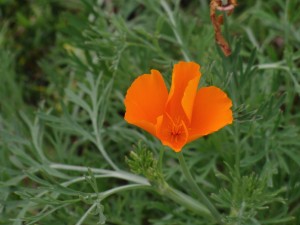
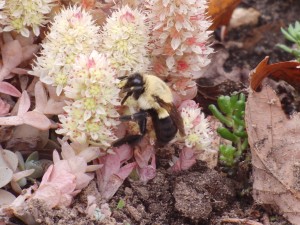
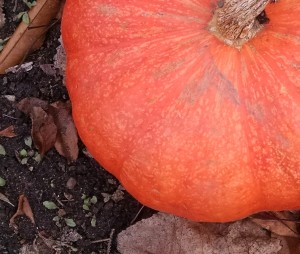
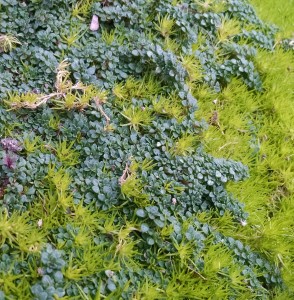
On a different note, I was able to attend the AAMC conference in Chicago last week, where a couple classmates and I presented a poster on our active learning project. Essentially, we have been working to better prepare incoming students for their role in small groups, beginning with an M1 orientation activity that teaches facilitation techniques. Using one of Atul Gawande’s books as fodder for discussion, we work on moderating skills before M1s even start their courses. People at the conference seemed to be excited about the idea, and we gave away close to 100% of our “Facilitator’s Guide” handouts!
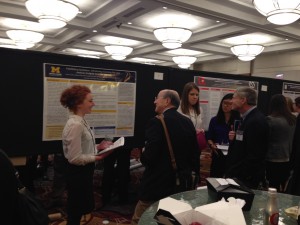
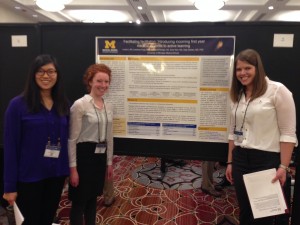
by Kate | Jul 11, 2014
It’s been a wonderful, incredibly busy summer! After my classes ended in early May – and before starting summer research – I went out to California to visit family and to run in The Golden Gate Relay. Seeing family is always fantastic and the relay was a truly epic adventure. The relay course goes along the California coastline for nearly 200 miles, and it took our team about 24 hours to complete. Along the way (well, mostly before the race) we raised money for Organs ’R’ Us, a non-profit that promotes the need for organ donors and offers support for transplant recipients. The run was long and intense, but also a phenomenal experience – amazing teammates in the van and some transplant recipients at the finish line on the beach in Santa Cruz! And, yes, for some reason we’ve named our team Toxic Megacolon.
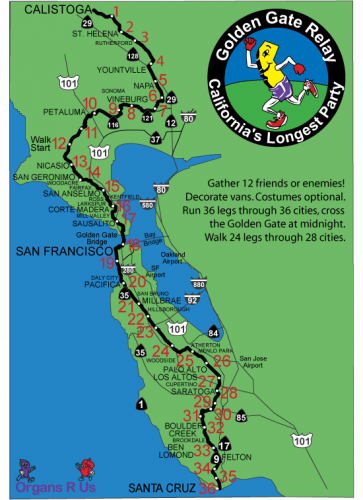

Once back in Ann Arbor, I moved to my new home and spent quite a bit of time and energy fixing everything up. I love so much about the place, but especially the view of the water from my bedroom window and the deer who visits daily (and gives me guilty stares when I catch him nibbling on my garden).

I’m over at the School of Public Health for the summer doing a research rotation in the Biostatistics Department and I’m absolutely loving it! Long-term, for my PhD and beyond, I am interested in working on statistical genetics projects, so I will rotate with a couple faculty that are part of the Center for Statistical Genetics at Michigan. There is a wide range of investigations currently underway here; part of why the summer has been such a good experience is that I’ve had the chance to learn more about the work of others in the group. It’s exciting how many directions the research could go, and working with people who do slightly-different-but-related research will help me narrow my own interests.
The past couple months, I’ve been working on a project where we’re getting ready to launch an app through social media that will end up (hopefully!) collecting thousands of health history surveys and (when people consent) saliva samples for genotyping. Because genetic effects are generally so small, enormous sample sizes are required for association studies. If we can learn to *predict* disease by identifying genetic risks, we can start with earlier intervention for patients. Essentially, in genetic association studies, we look directly at the link between genes and diseases, but biologically there are a few steps in between. It’s something along the lines of:
Gene –> transcript –> protein –> metabolite –> disease/phenotype
I’m excited about the project I’ve gotten involved with this summer, and it’s been great to be back on the research side of things. It’s also my first time really computing in a Unix environment, writing command line code, and figuring out how to navigate various buffers and shells in the data cluster. One of the main reasons I want to go into biostatistics is that it seems we’re at a point in biomedicine where we’re generating data faster than we’re learning how to use it. Particularly given the rapidly-evolving (no pun intended) genetic sequencing technology, I’m optimistic that there is much that remains to be discovered.
Finally, and completely unrelatedly, my friends and I celebrated the Summer Solstice with an evening party where we all wore colors found in sunsets! For the most part, it was simply another excuse to get together for a fun, summery night.















